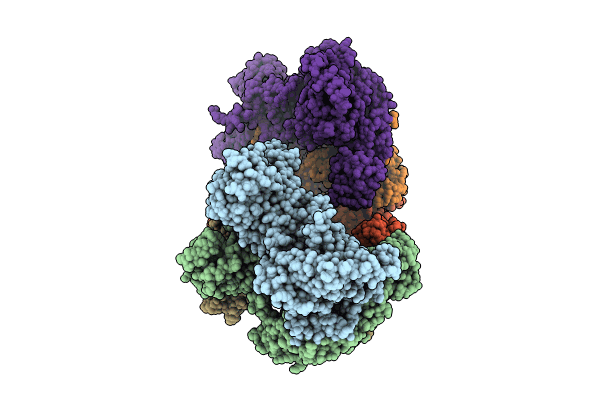
Deposition Date
2023-11-25
Release Date
2024-01-17
Last Version Date
2024-12-11
Entry Detail
Biological Source:
Source Organism:
Thermococcus kodakarensis (Taxon ID: 311400)
Host Organism:
Method Details:
Experimental Method:
Resolution:
3.26 Å
Aggregation State:
PARTICLE
Reconstruction Method:
SINGLE PARTICLE


